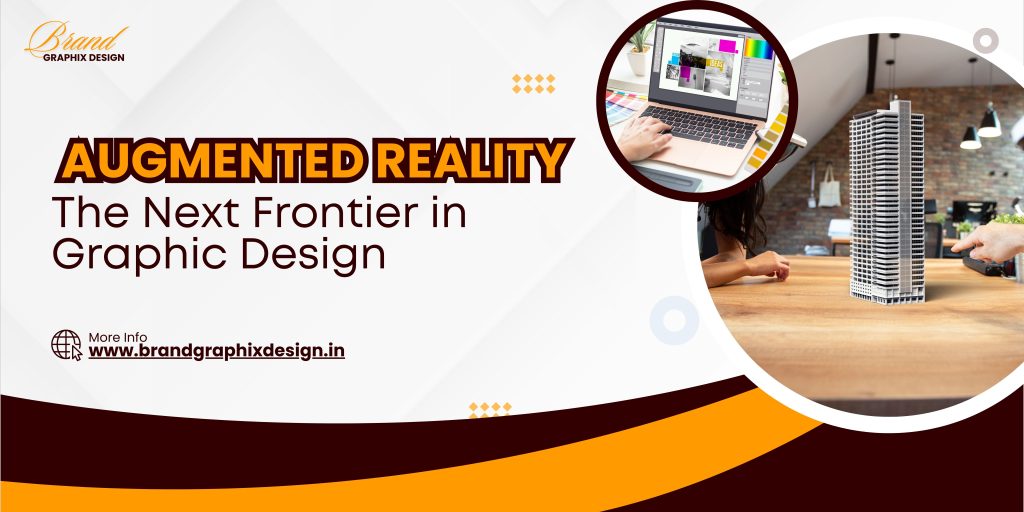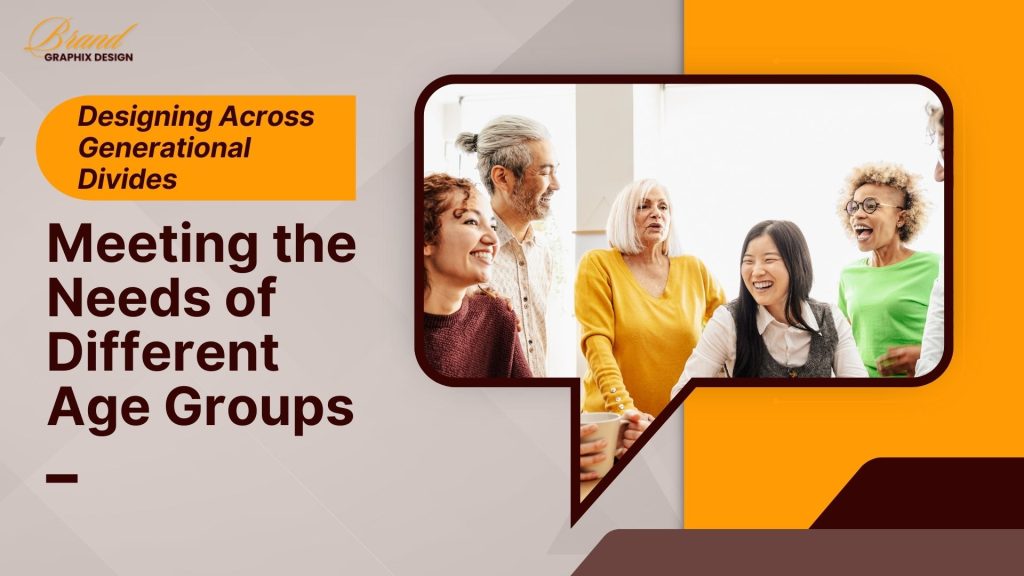Introduction to Augmented Reality in Graphic Design
Augmented Reality (AR) represents a revolutionary advancement in graphic design, blending virtual elements seamlessly with the real world. This transformative technology enhances user experiences by overlaying digital content onto physical environments, creating interactive and immersive visuals that captivate audiences. In this comprehensive exploration, we delve into the evolving role of AR in graphic design and its potential to redefine creative possibilities.
The Rise of Augmented Reality in Graphic Design
In recent years, Augmented Reality has gained significant traction across various industries, including graphic design. Designers are increasingly leveraging AR to create dynamic and engaging visual experiences that transcend traditional design boundaries:
- Augmented Reality applications enable designers to integrate virtual elements, such as 3D models, animations, and interactive overlays, into real-world settings.
- AR enhances user interaction by providing immersive storytelling platforms, where users can engage with digital content in innovative ways.
- Designers can transform static graphics into dynamic, interactive visuals that resonate with audiences and deliver memorable brand experiences.
This evolution signifies a paradigm shift in graphic design, where AR serves as a catalyst for creativity, innovation, and enhanced user engagement.
Advantages of Augmented Reality for Graphic Designers
Augmented Reality offers a myriad of benefits that empower graphic designers to elevate their creative output and deliver impactful visual solutions:
- Enhanced Visual Communication: AR enables designers to communicate complex ideas and messages through interactive visuals and animations, making information more accessible and engaging for audiences.
- Interactive User Experiences: AR applications allow users to interact with digital content in real-time, fostering deeper engagement and interaction with brands.
- Personalized Marketing: AR campaigns can be tailored to individual preferences and behaviors, delivering personalized experiences that resonate with target audiences and drive conversion rates.
These advantages underscore the transformative potential of AR in enhancing design creativity, improving user interaction, and amplifying brand storytelling capabilities.
Applications of Augmented Reality in Graphic Design
The integration of Augmented Reality spans various sectors within graphic design, each showcasing its versatility and innovative potential:
- Advertising and Branding: AR enhances traditional advertising campaigns by allowing brands to create interactive experiences, such as virtual product demonstrations and immersive brand storytelling.
- Interactive Packaging Design: AR transforms product packaging into interactive platforms, where consumers can access additional product information, view 3D models, and engage with augmented content.
- Education and Training: AR applications facilitate interactive learning experiences through virtual simulations, interactive textbooks, and immersive training modules.
These applications demonstrate how AR empowers graphic designers to innovate, engage audiences in new ways, and deliver compelling visual narratives that leave a lasting impression.
Challenges and Considerations in Adopting Augmented Reality
Despite its transformative potential, adopting Augmented Reality in graphic design presents several challenges that require careful consideration and strategic planning:
- Technological Complexity: Implementing AR solutions necessitates expertise in 3D modeling, programming, and integration with existing design workflows, posing challenges for designers with limited technical proficiency.
- Cost and Resource Allocation: Developing AR applications may require substantial investment in software development, hardware infrastructure, and specialized training, which can be prohibitive for smaller design studios.
- User Experience Design: Designing intuitive and seamless AR experiences requires a deep understanding of user behavior, interaction design principles, and usability testing to ensure optimal user engagement and satisfaction.
Addressing these challenges is essential for maximizing the benefits of AR and facilitating its successful integration into graphic design projects.
Future Trends in Augmented Reality for Graphic Design
The future of Augmented Reality in graphic design holds promising trends that are set to redefine industry practices and user experiences:
- AR in Social Media: Integration of AR features within social media platforms for interactive filters, virtual try-ons, and immersive brand experiences that enhance user engagement and drive social commerce.
- AR Wearables: Development of AR-enabled smart glasses and wearables that enhance everyday experiences, such as augmented reality gaming, navigation, and real-time information display.
- AI-driven AR: Advancements in artificial intelligence to enhance AR capabilities, including real-time object recognition, adaptive content delivery, and personalized user experiences tailored to individual preferences.
These trends underscore the transformative potential of Augmented Reality in driving innovation, enhancing user engagement, and reshaping the future of graphic design as we know it.
Are you ready to explore the limitless possibilities of Augmented Reality in graphic design?




